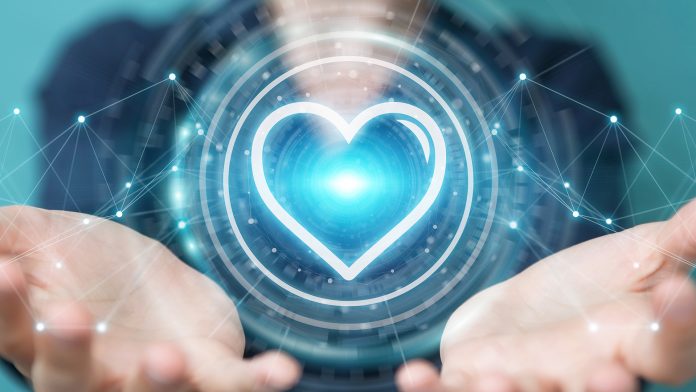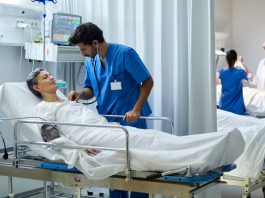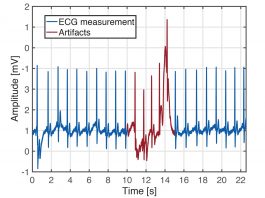Researchers have developed a method to double doctor’s accuracy in detecting foetal heart defects in utero using machine learning.
Scientists from the University of California San Francisco (UCSF) have developed a technique that combines routine ultrasound imaging with machine learning computer tools to detect the majority of complicated foetal heart defects in utero.
The research team, led by cardiologist Rima Arnaout, MD, taught a group of machine-learning models to simulate the tasks that clinicians abide by when diagnosing complex congenital heart disease (CHD).
Currently, doctors can only detect as little as 30 to 50 percent of these conditions before birth. However, the combination of human-performed ultrasound and machine learning evaluation enabled the team to detect 95% of CHD in their test dataset.
This novel research was outlined in Nature Medicine.
Foetal ultrasound screening is universally endorsed during the second trimester by the World Health Organization. Diagnosis of foetal heart defects can enhance newborn outcomes and allow additional research on in utero therapies, the researchers explained.
“Second-trimester screening is a rite of passage in pregnancy to tell if the foetus is a boy or girl, but it is also used to screen for birth defects,” commented Arnaout, a UCSF assistant professor and lead author of the paper.
Usually, the imaging comprises of five cardiac views that could enable clinicians to diagnose up to 90 percent of congenital heart disease; however, in practice, only around half of those are detected at non-expert centres.
“On the one hand, heart defects are the most common kind of birth defect, and it’s very important to diagnose them before birth,” Arnaout explained. “On the other hand, they are still rare enough that detecting them is difficult even for trained clinicians unless they are highly sub-specialised. And all too often, in clinics and hospitals worldwide, sensitivity and specificity can be quite low.”
The researchers, including a foetal cardiologist and senior author Anita Moon-Grady, MD, taught the machine tools to imitate clinicians’ work in three stages. First, they employed neural networks to find five views of the heart that are crucial for diagnosis. Then, they used neural networks to determine whether each of these views was typical or not. Then, a third algorithm combined the results of the first two steps to conclude whether the foetal heart was normal or abnormal.
“We hope this work will revolutionise screening for these birth defects,” added Arnaout, a member of the UCSF Bakar Computational Health Sciences Institute, the UCSF Center for Intelligent Imaging, and a Chan Zuckerberg Biohub Intercampus Research Award Investigator. “Our goal is to help forge a path toward using machine learning to solve diagnostic challenges for the many diseases where ultrasound is used in screening and diagnosis.”









